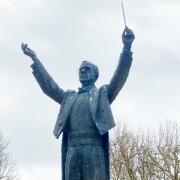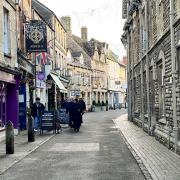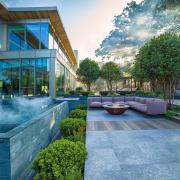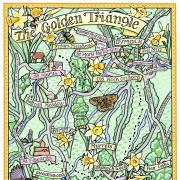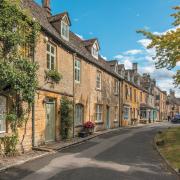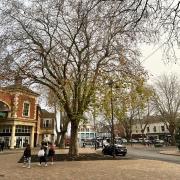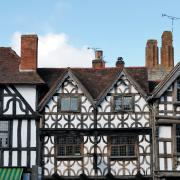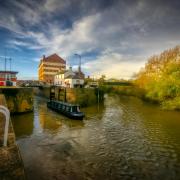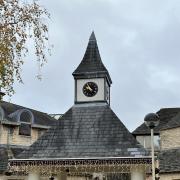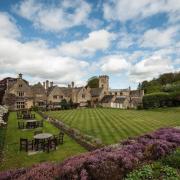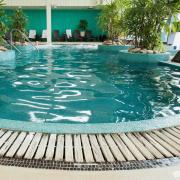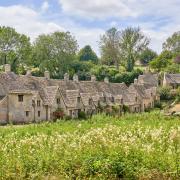At one time, the Gloucestershire village of Uley had 14 pubs, and is now home to an award-winning brewery
Points of interest on Katie B Morgan’s map:
Uley: The place name (recorded as Euuelege in the Domesday Book) probably signifies ‘clearing in a yew wood’.
Blue border: The village was well known for producing broadcloth for army uniforms during the Napoleonic wars. ‘Uley Blue’ cloth was internationally famous.
Roman temple: The Romans built one at West Hill, near Uley, on the site of an earlier prehistoric shrine. Other remains from this temple, including a fine stone head of Mercury, can now be seen in the British Museum.
Villa: There’s a little-known Roman villa beneath Cam Peak.
Pub: The village was once famous for having 14 pubs; it now only has one, The Old Crown.
Gorilla: In the 1920s, Miss Edna Cunningham was given a baby gorilla from her brother. She brought it to Uley, named him John Daniel, and raised him as a normal child, playing with the local children. He was later sold to Barnum & Bailey Circus and exhibited in New York, where he died of pneumonia. A memorial to him is on the green opposite The Old Crown.
Old Spot pigs: Uley Brewery – which has its own Cotswold spring – was established in the 1980s, in a building that had been part of the 1833 Price Brewery. It was bought by the late Chas Wright (1948-2023) and still operates as a very successful brewery.
Barrow: North of the village is a Neolithic burial mound known as Hetty Pegler’s Tump or Uley Long Barrow.

Bunting: The Prema Arts Centre, founded in the 1970s, is in a former Baptist Chapel. It’s a hub of the village with educational courses in the arts and crafts, musical evenings, workshops, cultural events and evening classes.
Uley Bury: An ancient Iron Age hill fort – Uley Bury – lies just above the village, close by The Cotswold Way.
Downham Hill: Also known as ‘Smallpox Hill’ because of a smallpox isolation facility that once stood on the top of the hill. Near the hilltop are the remains of a building constructed in 1346 during the reign of Edward III. The area to the north of the hill was used for rabbit breeding during the Middle Ages.
Owlpen Manor: A Tudor manor house connected with the Arts and Crafts movement. It was repaired by Norman Jewson in 1925-6, after 100 years of neglect. Today it is a home of the Mander family.
Stouts Hill: A neo-Gothic country house birthplace of the Gloucestershire historian, Samuel Rudder, and the Persian scholar Edward Granville Browne. Built for the Gyde family, from the 1770s it was a seat of the Lloyd-Baker family, who in the 20th century let the house as a preparatory school. It included amongst its alumni Mark Phillips, Stephen Fry and Rik Mayall, It closed in 1979.
Spanner: In 1842, Richard Clyburn – partner in the Uley Iron Works with George Lister – invented the adjustable spanner.
Uley Bury: A scarp-edge Iron-Age hill fort, dating from around 300BC.
Cam Peak: Locals were told as children that the Devil planned to dam up the River Severn and drown the people of Gloucestershire in revenge for them building so many churches above Dursley. He filled his wheelbarrow with a big chunk of the Cotswolds, but while taking a rest he met a shoemaker with lots of shoes around his neck to mend. The Devil asked him the direction to the river, and he replied that it was a long, long way and he had worn out his shoes to get there. The Devil gave up, and dropped all of the stone where he stood, becoming Cam Peak. Cam Long Down is thought to be associated with King Arthur and may be the site of the legendary battle of Camlan.
Find out more about Katie’s work at kbmorgan.co.uk





